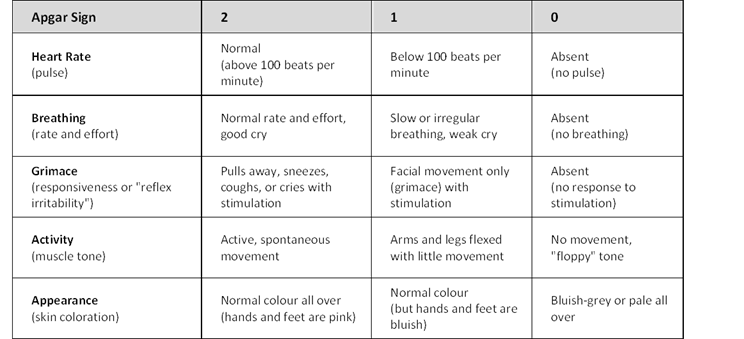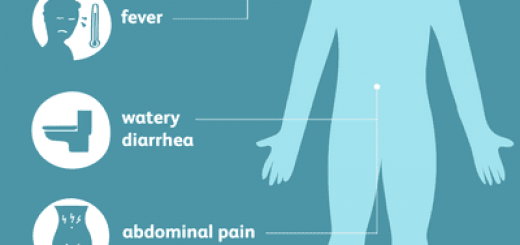How to calculate an Apgar score
The Apgar score is a standardised way of checking the health of a newborn baby. It was named after its creator, Dr Virginia Apgar, Professor of Anesthesiology at Columbia University in the USA, who died in 1974.
Until the publication of Apgar’s Newborn Scoring System in 1953, many internal problems at birth, such as circulatory or breathing difficulties, were missed by doctors because it was usually assumed that a newborn baby was healthy unless there was an obvious sign of something being wrong.
The Apgar score was designed to assess a baby’s health quickly: the checks are conducted at one minute and five minutes after birth. A reassessment may occur 10 minutes after birth where the score is below seven (7) at five minutes.
The score is based on five elements, which are named after the letters in Apgar’s name:
Appearance, which relates to the pinkness or blueness of the baby’s skin colour;
Pulse, which relates to the baby’s heart rate;
Grimace, which tests the baby’s reflexes and response when the sole of its foot is stimulated;
Activity, which checks the baby’s muscle tone;
Respiration, which assesses the rate of the baby’s breathing.
Each element is given a score of 0, 1 or 2 and totalled, maximum 10.
A score of 7 or more is considered normal. However, if the baby has a low score at one minute and a normal score at five minutes, this, too, is considered normal, particularly if the birth took a long time, or if the mother was given Pethidine during labour, which can affect the baby’s breathing.
A low Apgar score gives doctors a warning signal that they should check the baby for hidden health problems, such as breathing difficulties or internal bleeding, and allows them to give the baby crucial medical attention when it is most needed.






